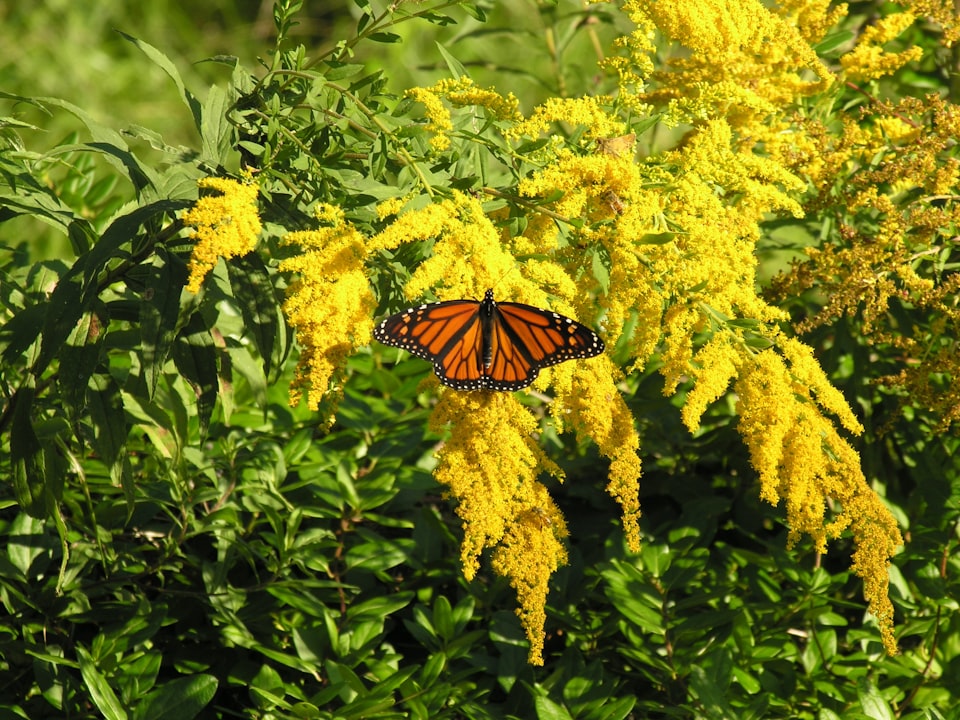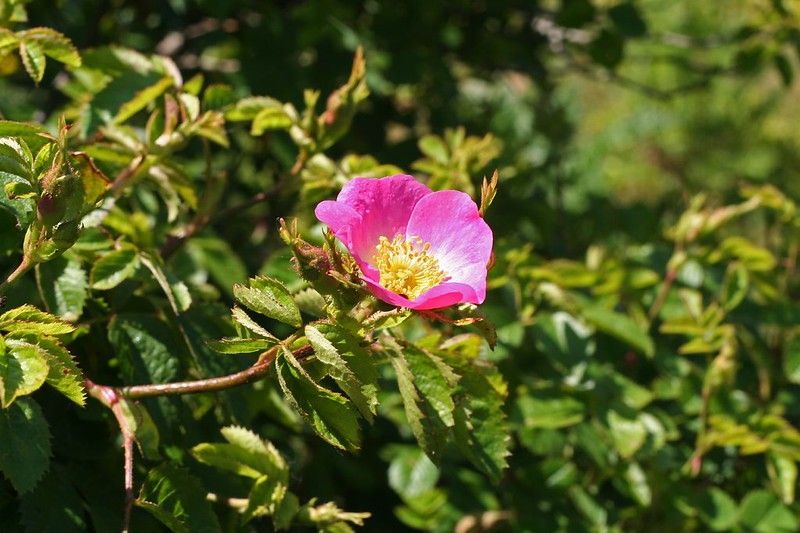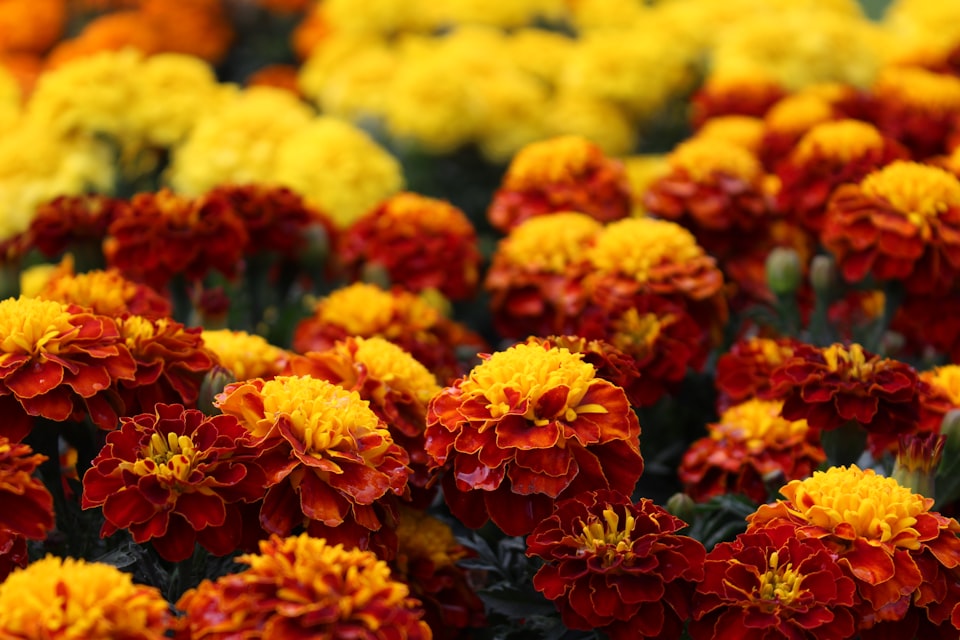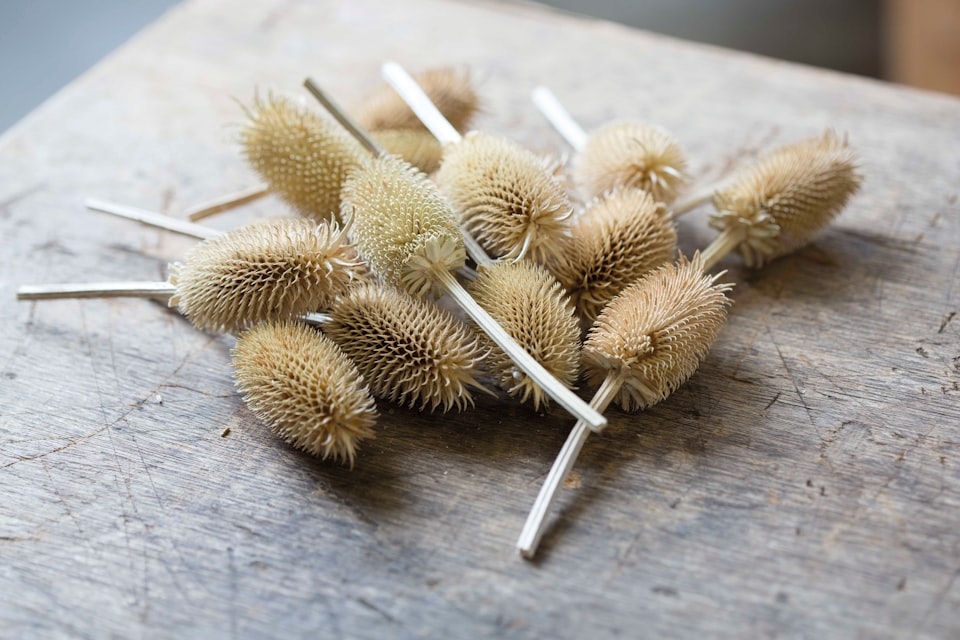VI: Marshmallow
How and why marshmallows don't contain marshmallow.
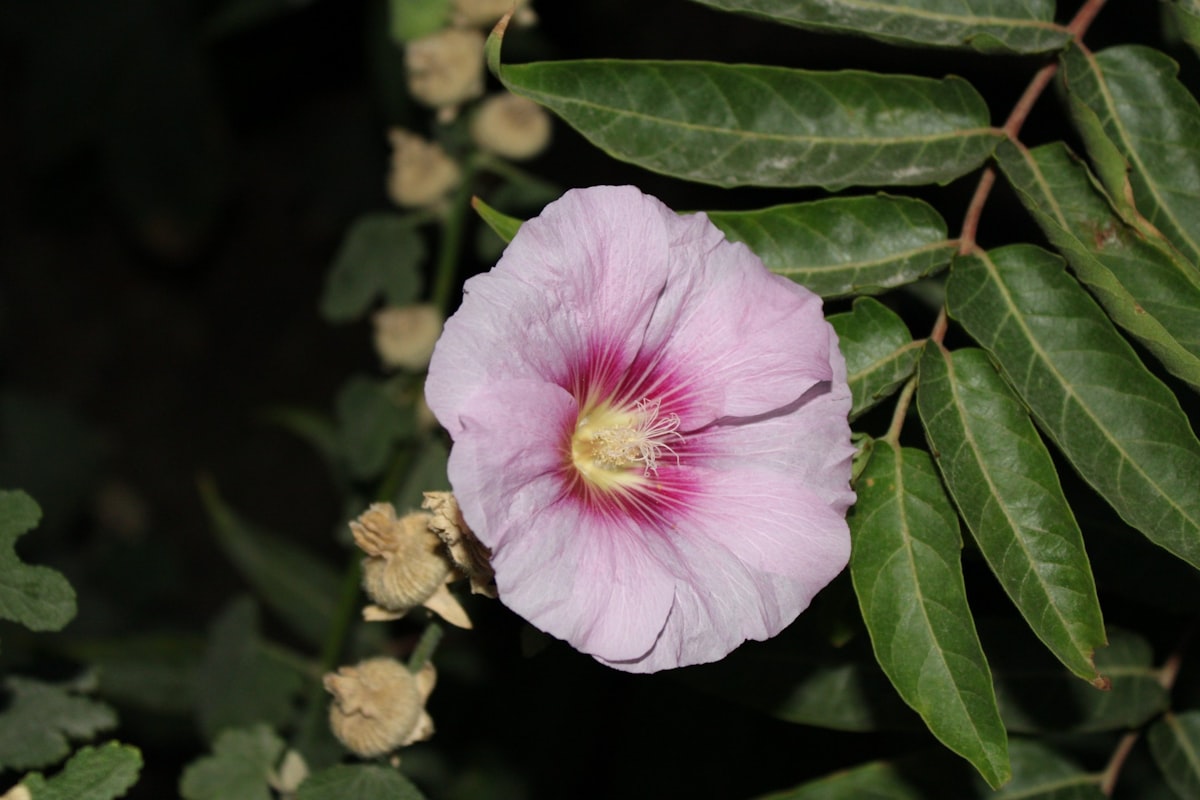
Good morning. Today is sextidi, the 16th of Thermidor, Year CCXXXI. We celebrate la guimauve, a broad-petaled flower that created a confectionary craze.
At the time of the French revolution, the mallow was just a medicinal flower used for making cough syrup. But in the ensuing century, during the height of the Second Empire when France's paroxysm of wealth and speculation led to the Paris we know today as well as the inventions of department stores, high fashion, the modern perfume industry, and other luxuries (including, erm, courtesans), France was also serving as a birthplace of the restaurant as we know it. French cuisine was a playground of creativity, with chefs attempting to outdo each other in order to gain the coins that were falling out of the purses of the nouveau riche. Confectioners were using science to experiment with new ways to stuff mouths full of the newly inexpensive sugars coming from the Caribbean and New Orleans (constant reminder needed how much slavery played a part in this).
